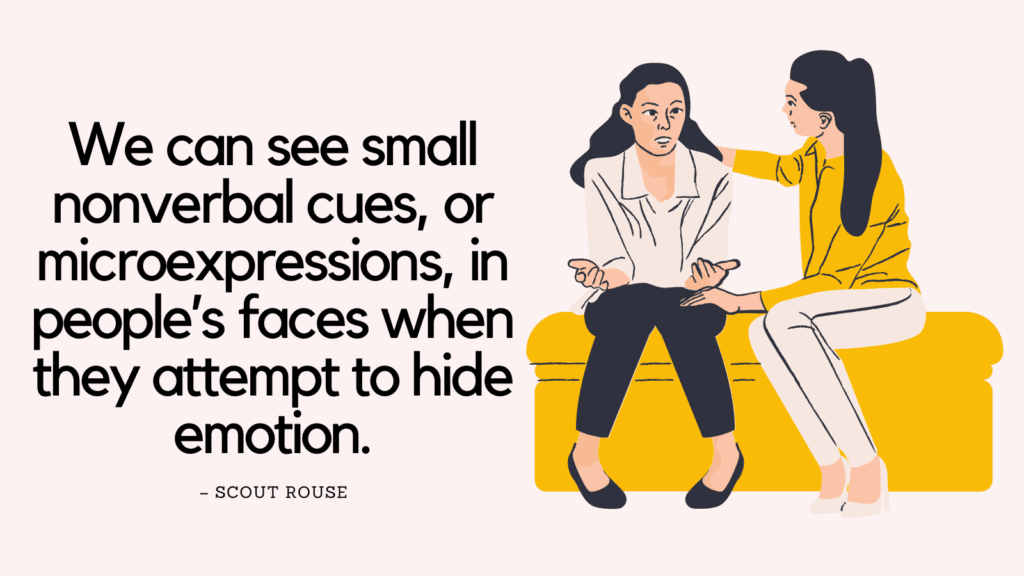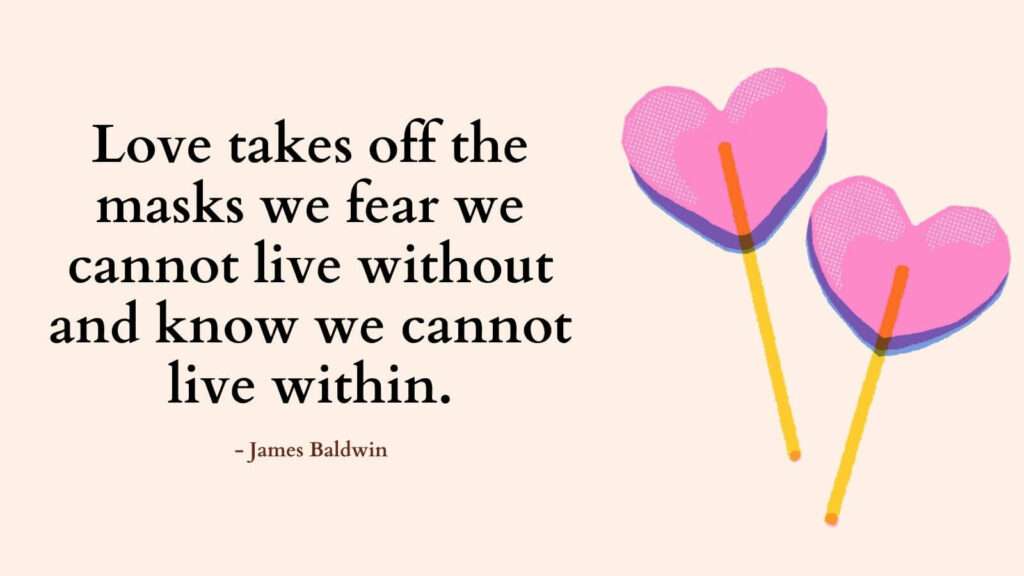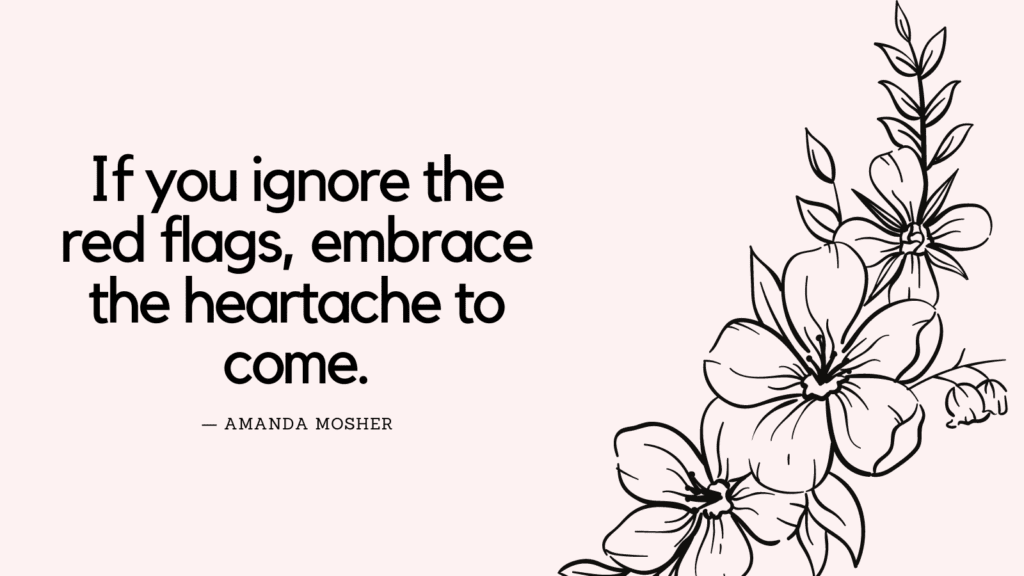This post contains some of the best nonverbal communication quotes.
What Is Nonverbal Communication?
Nonverbal communication refers to the process of sending and receiving messages through nonverbal cues, rather than using words or spoken language.
It involves the use of facial expressions, body movements, gestures, posture, eye contact, tone of voice, and other forms of nonverbal behavior.
Nonverbal communication can convey emotions, attitudes, intentions, and social information.
It is a vital aspect of human interaction, often working in tandem with verbal communication to enhance or modify the meaning of the message being conveyed.
Nonverbal cues can sometimes communicate messages that are different from or even contradictory to the words spoken.
Understanding and interpreting nonverbal communication can help individuals develop better communication skills, establish rapport, and improve their ability to understand others.
Paying attention to nonverbal cues, both in oneself and in others, can lead to more effective communication and better relationships.
Nonverbal Communication Quotes
1. “A deeper understanding of body language will enable you to become more proficient in understanding the messages that others are communicating to you especially when such messages are subconscious or involuntary.” – Harvey Augustus
2. “A good method of learning cultural differences in body language is to record foreign films and replay on muted sound.” – Peter Andrews
3. “An individual expresses his/her true feelings through the medium of body language. For example, you may find it difficult to tell a person directly that you dislike him/her. However, your body language, consciously or unconsciously communicates the message successfully. The opposite holds true as well.” – Peter Andrews
4. “As you begin exploring the nonverbal cues and indicators that let you know someone may be lying to you, angry with you, feel contempt towards you, or whatever the case may be, it is important to understand human beings will act and react, from a limbic standpoint, similarly in most situations.” – Scout Rouse
Related: Do’s And Don’ts Of Effective Communication
5. “Body language is the art of decoding the non-verbal communication which is transmitted through the speaker’s gestures, foot position, smile, facial expressions, and several other body movements. ” – Peter Andrews
6. “Body language never lies. You cannot hide your emotions with body language. You may pretend to act normal, but your body language will unravel your discomfort, without you being aware of it.” – Peter Andrews
7. “Body language plays an important role in determining what type of message is imparted. Eye movements and facial expressions have a great impact in expressing your feelings and emotions. It is always stressed that during a meeting you must maintain eye contact with each audience member, failing which your message will lack impact.” – Peter Andrews
8. “Body language refers to the outwards reflection of the emotional state of an individual. It is a valuable tool for a person to express his or her real feelings. Only a minor part of how we present ourselves to another person is expressed through words. Creating a good impression requires you to know and control your body language.” – Peter Andrews
9. “Even verbal communication has a nonverbal component: the tone, manner, cadence, volume, and duration of speech are just as important as what is said, as are the nonverbals of pauses and silence.” – Joe Navarro
Related: Top 25 Relationship Journal Prompts (+FREE Worksheets PDF)
10. “For most people, the desire to recognize deception sparks their initial interest in body language and nonverbal communication.” – Scout Rouse
11. “How we speak can also change how we’re perceived and how effectively we communicate. You may not have thought about how the spoken word relates to nonverbal communication, but there is a correlation. It has to do not so much with what we say, but with how we say it. Speech is made up of words but also of characteristics (paralinguistics) such as our attitude, inflection, volume, speed, cadence, emphasis, hesitations, pauses—and even when we speak and when we are silent.” – Joe Navarro
12. “Humility, dignity, confidence, arrogance, surliness, timidity: Many people don’t realize that the intangibles we associate with character are often most powerfully expressed nonverbally.” – Joe Navarro
13. “If you want to learn more about body language, you must observe the body language exhibited by the actors. Professional actors do not stand still and narrate the story. A play or a film comes into being due to the body language used to communicate the message of the verbal dialogues.” – Peter Andrews
14. “In every area of life, from childhood to dating to business, we’re bombarded by images, emblems, symbols, acts, and behaviors that transmit ideas, thoughts, messages, and emotions nonverbally.” – Joe Navarro
Related: How To Become A Stronger Empath? Top 20 Actionable Empathy Exercises to Become More Empathetic
15. “It is easier to understand the body language of children because of their innocent and subconscious reactions. In addition, the children are quick to react with obvious gestures. For instance, if a child is telling a lie, he or she will put his hands over his mouth; it alerts the parents about the lie.” – Peter Andrews
16. “It is important to understand your own body language before assessing another person’s body language and drawing conclusions.” – Peter Andrews
17. “Maintaining eye contact is another subcategory and plays a vital role in the field of body language. You must look at the listener’s eyes directly to put your point forward. You must look at every member of the audience present in the hall; lock a brief gaze on one listener, and move your gaze to the other person.” – Peter Andrews
18. “Non-verbal communication develops trust, a good rapport and facilitates transparency. A wrong body language creates suspicion, tension, and confusion that lead to conflicts. ” – Peter Andrews
19. “Nonverbals are hidden in plain sight. They magnify our words and deeds in ways that are incalculable, yet almost indefinable. They are universal to humankind, yet their influence is rarely noticed.” – Joe Navarro
20. “Nonverbals are much more than the stereotypical “crossed arms means you’re tense; looking to the left means you’re lying.”” – Joe Navarro
Related: Top 19 Emotional Intelligence Activities (To Improve Low Emotional Intelligence)
21. “On a personal level, we know that our movements, our facial expressions, and our clothes send messages about us, but we also send powerful nonverbal signals by how we’re groomed, whether we have body piercings or tattoos, and how (and even where) we stand, sit, and lean.” – Joe Navarro
22. “People normally think that body language focuses on facial expressions, arm gestures, and hand gestures. Unfortunately, they do not realize the impact of foot position or leg movements while striking a conversation.” – Peter Andrews
23. “Studies reveal that when you meet a person for the first time, the other person observes your body language more than your words. If both don’t correspond well, it creates a doubt in the receiver’s mind, which leads him/her to question your intentions.” – Peter Andrews
24. “This is what makes body language such an important aspect of human interaction. Since humans use spoken and written language as the main way in which they communicate, body language tends to get overlooked. However, this is nothing short of impractical as a lack of understanding of how body language and non-verbal communication as a whole enable communication leads to constant miscommunication.” – Harvey Augustus
25. “We can see small nonverbal cues, or micro-expressions, in people’s faces when they attempt to hide emotion.” – Scout Rouse
Related: How To Validate Someone’s Feelings Without Agreeing? (+Examples of Validating Statements)




